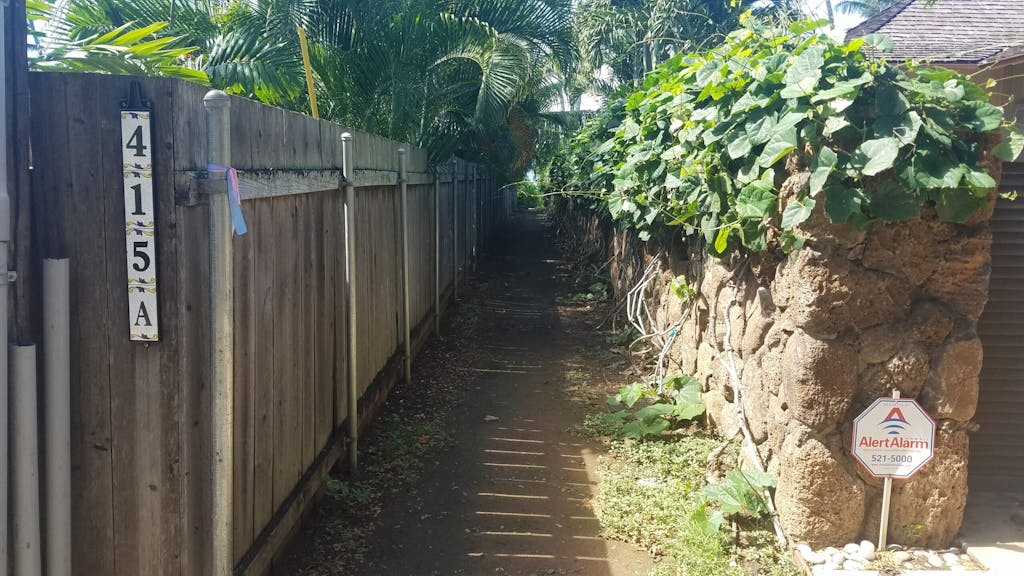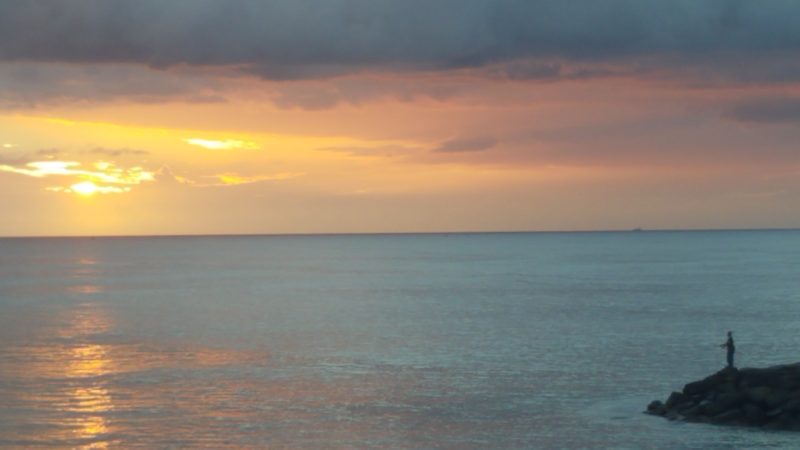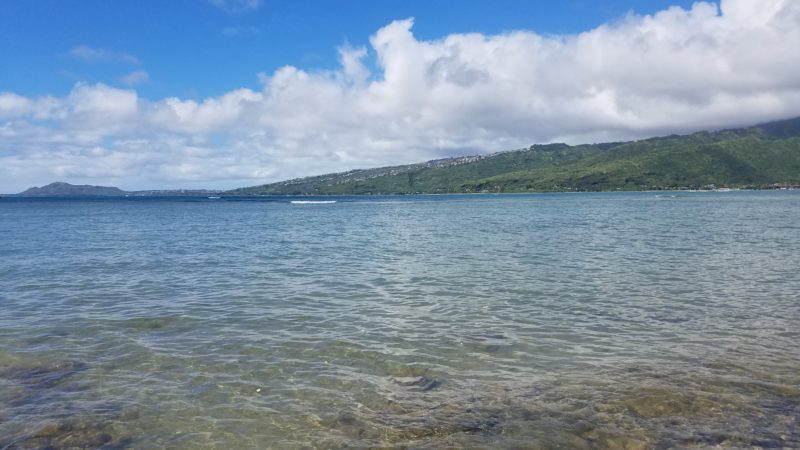Are all beaches in Hawaii public? It’s a question that adventurous (and simply curious) visitors often ask. But it’s also a major concern for many local families.
Hawaii is home to some of the most famously beautiful and easily accessible beaches in the world (once you get here). On Oahu, it’s Waikiki, the North Shore, and Kailua Beach. Maui is famous for Kaanapali Beach, and Hawaii Island visitors flock to the Kona Coast. And of course we love Poipu Beach on Kauai. These beautiful locales attract millions to the Aloha State every year.
But what about the less famous beaches? Or what happens when a giant hotel blocks access to a favorite shoreline? Let’s learn all about why and how Hawaii keeps its beaches open to the public.
Are All Beaches in Hawaii Public?
The short answer is yes – all Hawaii beaches are open to the public. This is different from other tropical destinations where resorts may have a private beach (or entire private island!).
There are exceptions for certain federal areas in Hawaii (like military bases), but otherwise the state controls and maintains public access for all its shorelines.
The Importance of Beach Access in Hawaii
Did you know? The main islands of Hawaii have a combined 750 miles of coastline. Only California, Alaska, and Florida have more, and their land masses far exceed Hawaii’s. Access to the coast is vital to the economic, social, and cultural life of the islands. Neighborhood beach parks are plentiful on every island, home to family barbeques and birthday campouts throughout the year.
In coastal neighborhoods, public easements, or “right-of-ways” allow residents and savvy visitors access to beaches and coastlines. They are used by fishing and ocean sports enthusiasts to get to the ocean where there isn’t an expansive sandy beach or convenient parking.

These right-of-ways allow cultural practices, subsistence fishing, and ocean recreation activities that are central to the lives of Hawaii residents. To these ocean lovers, restricted beach access is an abominable public policy.
Navigating Public and Private Shorelines in Hawaii
Now, there’s a big difference between keeping Hawaii beaches open to the public and keeping access available. This difference creates a lot of conflict between Hawaii residents and private landowners.
Access to Hawaii’s beaches and coastlines is restricted, however, in areas dominated by resorts, private golf courses, and exclusive seaside communities. In some cases, beachfront private property owners have restricted public access by planting vegetation that makes the shoreline inaccessible.
Some homeowners have erected locked fences at established points of public beach access. This outrages whole communities, like Portlock in East Honolulu and Lanikai Beach in Kailua.
There is no better example of the value of public beach access in Hawaii than on Oahu’s North Shore. Every winter, when thousands of surf industry people from all over the world come to the North Shore, dozens of public access paths teem with beachgoers.
The North Shore winter season pumps tens of millions of dollars into Hawaii’s economy annually. Restricting public access to those beaches is unthinkable.

Legislative Efforts to Preserve Beach Access
To combat increased (and unfair) restrictions on public access to Hawaii’s beaches, legislative measures have been introduced to limit the reach of private coastal property to the high tide mark.
In the 1990s, the Save Sandy Beach Coalition successfully lobbied against the sale of a large parcel of Ka Iwi Coast land in East Honolulu for private development. Any private development would most certainly have restricted public access to one of the most beautiful and culturally significant stretches of coastline in Hawaii.
It is important, however, for visitors to understand that these Hawaii public beach access points do not have designated parking, restroom and bathing facilities, or Ocean Safety lifeguards. The public uses these access points at their own risk.
Many of these public beach access points are in danger not from greedy developers and property owners, but from Mother Nature herself. Rising sea levels and “King Tides” have caused significant erosion along many of Hawaii’s public beaches. That erosion has seen sandy beaches slip into the sea, and beachfront homes imperiled.
A variety of measures and action plans have been implemented to address the rapidly growing concern over the effect of climate change on Hawaii’s coastlines. Studies are underway, and the dedicated stewards of Hawaii’s coastlines are hard at work to mitigate man-made and natural factors that limit public access.
Public Beaches and Your Vacation
Now that you know Hawaii beaches are open to the public, what does that mean for your vacation? Well, you don’t want to cross into private property to access any Hawaii beach – even if the shoreline itself is open to the public.
But if you see an access point with a path leading to the beach, you’re welcome to explore (unless special signage tells you otherwise). Still, for swimming, snorkeling, surfing, and other in-water activities, it’s best to stay in a busier spot with lifeguards on duty. There’s safety in numbers, and there’s exceptional safety when there are lifeguards around.




